2026 Author: Howard Calhoun | [email protected]. Last modified: 2025-06-01 07:12:56
This article will focus on one of the most common and widely used steel grades. We will briefly describe what it is used for, talk about one extremely curious thermal procedure, even advise you to familiarize yourself with several documents, such as GOST 8479-70, and also tell about the chemical composition of steel and tell you how it affects its characteristics.
Application
So, let's start with the most, in our opinion, obvious, but no less important question, namely, what is 20xn3a steel used for. Most often, parts are made from this grade of steel, which are subsequently subjected to the carburizing process. This means that parts of this kind will need to combine surface hardness and internal plasticity in the future.
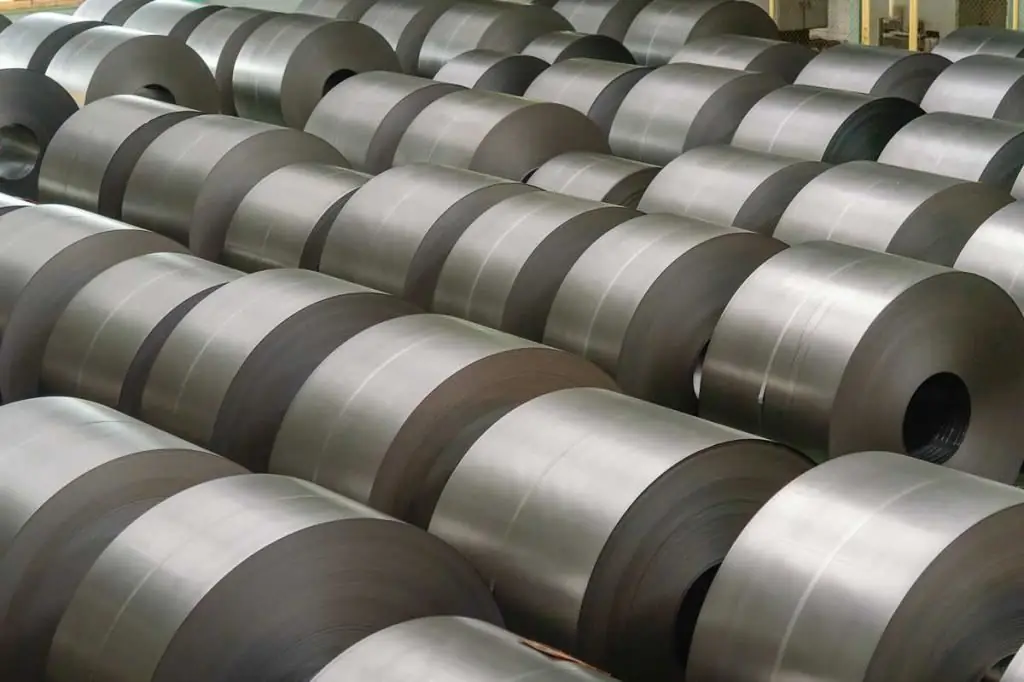
Such requirements are usually imposed on products that, during their operation, one way or another will be subject to loads, including shock. In this case, the hard surface layer will beprevent deformation of the part, and the inner soft layer will take on all the physical consequences of the impact and absorb them without harm to the part. This category includes shafts, studs, bolts, gears and bushings, and much more.
Carburizing steel
And since we mentioned the cementation of steel 20xn3a, it is worth telling you, albeit briefly, about what this process is. The very essence of the process is to saturate obviously low-carbon (usually up to 0.2% C) steel with this very carbon, thereby giving it hardness. However, it must be understood that such a process will carbonize only the surface layer of the metal product in the range from 0.5 to 2 millimeters, leaving the middle soft and pliable.
The carburizing process itself, which gives 20khn3a steel characteristics of increased strength, proceeds at elevated temperatures (850-950 °C) in a carbon-containing environment. Plants usually use gas carburizing using methane or carbon monoxide, but a similar procedure can also be carried out using charcoal or sodium carbonate solution.

When heated to the above temperature, steel enters the active phase and adsorbs carbon from the environment. However, this process is rather slow. It takes 4 to 10 hours to carburize a layer of one millimeter, depending on the carburizing method.
Chemical composition
As you know, the characteristics of absolutely all steel grades depend primarilyturn from the alloying elements in its final composition. It is the additives of chemical elements that ultimately give the steel the necessary properties, whether it be hardness or, conversely, ductility, resistance to corrosion or shock loads. That is why it is sometimes so important to study the composition of steel. The easiest way to do this is to look at the corresponding GOST. Steel 20khn3a is mentioned in many GOSTs, therefore, in order to make it easier for you to search, we will list all the elements and the values \u200b\u200bof their mass fraction in the composition of steel right in this article.
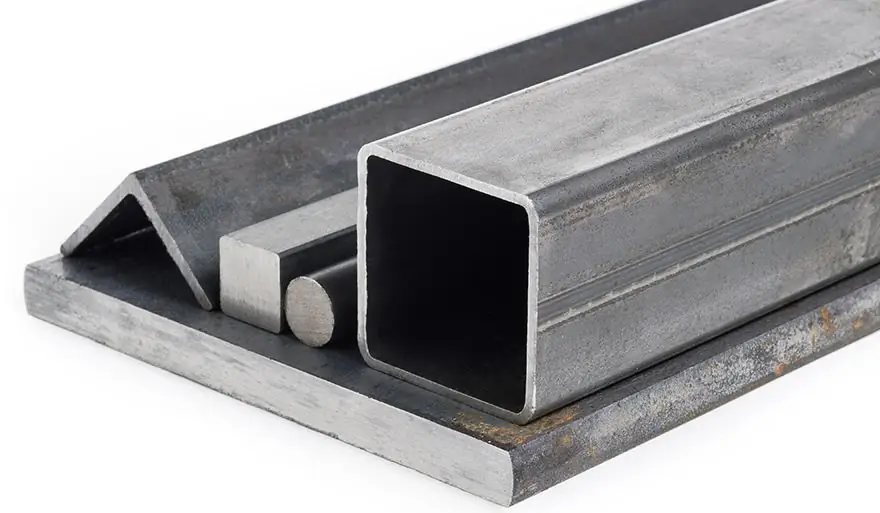
It looks like this:
- Carbon - 0.2%.
- Chrome - 0.75%.
- Nickel - 2.95%.
- Manganese - 0.45%.
- Silicon - 0.27%.
- Copper - 0.3%.
- Sulfur and phosphorus - 0.025%.
Features
All the main properties of any of the steel grades are inevitably investigated, then checked and ultimately entered into a regulatory and technical document, that is, GOST. For example, in order to better understand the topic of the article and the topic of metallurgy in general, we advise you to pay attention to GOST 8479-70, as well as GOST 4543-71, 7417-75 and 103-2006. When studying these documents, you will most likely come across incomprehensible terms and designations, which you would also do well to familiarize yourself with so that studying such documents is not so difficult.
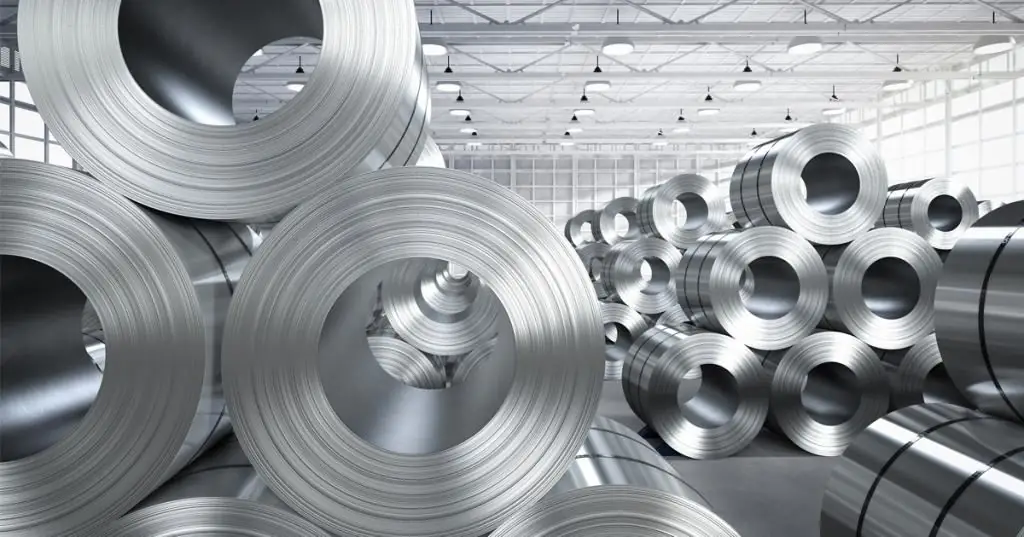
However, we digress a little from the topic. Since we have already familiarized ourselves with the chemical composition of steel 20khn3a, we can quite accurately determine its mainproperties. This steel, due to impurities of nickel, chromium and copper, is endowed with good resistance to corrosion, which is very important for many parts made from this grade of steel. In addition, a higher nickel content increases hardenability, which will undoubtedly facilitate the carburizing process.
First of all, carbon is responsible for the hardness, which, of course, is extremely small to ensure the initial hardness of steel 20xn3a. Silicon and chromium slightly improve the situation, but their effect on the strength and hardness of steel is extremely insignificant.
Recommended:
Food stainless steel: GOST. How to identify food grade stainless steel? What is the difference between food stainless steel and technical stainless steel?

The article talks about grades of food grade stainless steel. Read how to distinguish food stainless steel from technical
Automatic lathe and its characteristics. Automatic lathe multi-spindle longitudinal turning with CNC. Manufacturing and processing of parts on automatic lathes
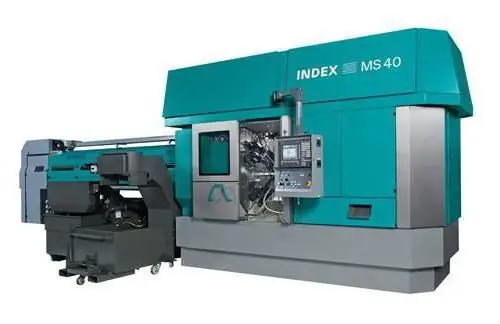
Automatic lathe is a modern equipment used mainly in mass production of parts. There are many varieties of such machines. One of the most popular types are longitudinal turning lathes
Corrosion resistant steel. Steel grades: GOST. Stainless steel - price
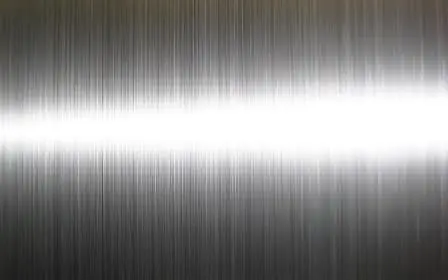
Why metal materials break down. What are corrosion-resistant steels and alloys. Chemical composition and classification according to the type of stainless steel microstructure. Factors affecting pricing. Steel grade designation system (GOST requirements). Application area
Characteristics of steel 65x13: properties, hardness. Reviews about knives made of steel 65x13

In modern metallurgy, a huge number of steels are used. Their characteristics, as well as the variety of nomenclature, are truly immense
440 steel - stainless steel. Steel 440: characteristics

Many people know 440 steel. It has established itself as a reliable, anti-corrosion, time-tested hard material, which is most often used for the manufacture of knives for various purposes. What is the secret of this alloy? What are its chemical, physical characteristics and applications?

